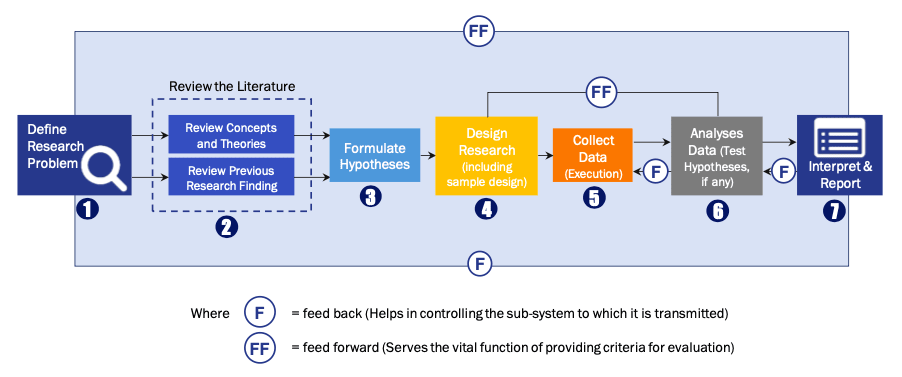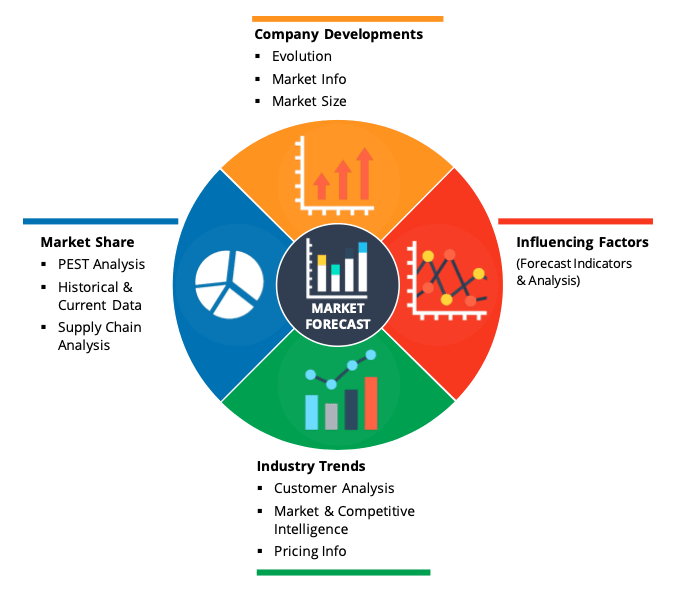The global Automotive Body Electronics Market is expected to grow at a moderate rate during the forecast period. Stringent government regulation regarding driver safety and security to increase the deployment of body electronics in automotive is one the major factor driving the growth of market.
Moreover, Growing GDP in emerging countries to drive the demand for automotive body electronics market is likely to have a positive impact on the market growth over the forecast period. Emerging countries such as China, India, Brazil, and Argentina are among the emerging markets with phenomenal GDP growth.
However, 3Economic Slowdown in developed countries is a major factor that hinders the growth of this market.According to the latest forecasts of the OECD, growth in the global automotive market will continue to slow down. Additionally, Covid-19 has vastly impacted the entire automotive industry thereby creating a challenge for the market.
The outbreak of the covid-19 has a severe and swift impact on the automobile and transportation industry. This is majorly due to the shutdown of assembly plants in the US, interruptions across Europe in large-scale manufacturing, and disruption in the export of Chinese parts. In addition to this, industry is dealing with reduced demand across the globe due to changes in customer behavior and shifts in supply-demand chain. Recent study shows 39% decline in sale of automotive all over the world. Moreover, the nationwide lockdowns have substantially affected the transportation sector. Restrictions on transportation accounted for 45 to 55% decline in public as well as private transport sectors.
On the basis of components, global automotive body electronics market is segmented into MCU, ICs, Sensors, DC-CD Converters and Others. ICs segments holds the largest market share in the global automotive body electronics market. DC-DC converters segment is expected to grow with the highest CAGR over the forecast period.
Based on body features, global automotive body electronics market is segmented into Windows and Door Modules, Seating Modules, Roof Module Control, Light Control, Wiper and Mirror Module, Auto HVAC, and Remote Keyless Entry. Windows and Door Modules segments holds the largest market share in the global automotive body electronics market and also expected to grow with the highest CAGR over the forecast period. The growing demand of door and window modules in premium and luxury vehicles will gain traction in the automotive door and window module market for the next four years.
Market Analysis, Insights and Forecast – By Components
· MCU
· ICs
· Sensors
· DC-CD Converters
· Others
Market Analysis, Insights, and Forecast – By Body Features
· Windows and Door Modules
· Seating Modules
· Roof Module Control
· Light Control
· Wiper and Mirror Module
· Auto HVAC
· Remote Keyless Entry
Automotive Body Electronics Market Regional Overview
The global Automotive Body Electronics market is segmented into North America, Europe, Asia-Pacific, and LAMEA. By region, Asia Pacific accounted for largest market share in 2020 and is expected to grow with the highest CAGR over the forecast period in the Automotive Body Electronics market. India and China are the major automotive market that is facilitating demand for car sensors. China is the major market for passenger vehicles. Furthermore, the major global manufacturers have increased their investment in emerging market such as China, India and Japan to update product lines.
Automotive Body Electronics Market, By Geography
· North America (US & Canada)
· Europe (UK, Germany, France, Italy, Spain, & Rest of Europe)
· Asia-Pacific (Japan, China, India, Australia, & South Korea, & Rest of Asia-Pacific)
· LAMEA (Brazil, Saudi Arabia, UAE & Rest of LAMEA)
Automotive Body Electronics Market Competitor overview
Some key developments and strategies adopted by manufacturers in the Automotive Body Electronics are highlighted below.
· In February 291, NXP Semiconductors N.V announced a vehicle network processing chipset solution for high-performance service-oriented gateways, which enables automakers to unlock the value of connected vehicle data and offer new services.
Automotive Body Electronics Market, Key Players
· Robert Bosch GmbH
· Continental AG
· DENSO Corporation
· Hyundai Mobile
· HELLA GmbH & Co. KGaA
· NXP Semiconductors N.V.
· Texas Instruments, Inc.
· Renesas Electronics Corporation
· Cypress Semiconductor Corporation
· STMicroelectronics
Data Library Research are conducted by industry experts who offer insight on industry structure, market segmentations technology assessment and competitive landscape (CL), and penetration, as well as on emerging trends. Their analysis is based on primary interviews (~ 80%) and secondary research (~ 20%) as well as years of professional expertise in their respective industries. Adding to this, by analysing historical trends and current market positions, our analysts predict where the market will be headed for the next five years. Furthermore, the varying trends of segment & categories geographically presented are also studied and the estimated based on the primary & secondary research.
In this particular report from the supply side Data Library Research has conducted primary surveys (interviews) with the key level executives (VP, CEO’s, Marketing Director, Business Development Manager and SOFT) of the companies that active & prominent as well as the midsized organization
FIGURE 1: DLR RESEARH PROCESS

Extensive primary research was conducted to gain a deeper insight of the market and industry performance. The analysis is based on both primary and secondary research as well as years of professional expertise in the respective industries.
In addition to analysing current and historical trends, our analysts predict where the market is headed over the next five years.
It varies by segment for these categories geographically presented in the list of market tables. Speaking about this particular report we have conducted primary surveys (interviews) with the key level executives (VP, CEO’s, Marketing Director, Business Development Manager and many more) of the major players active in the market.
Secondary ResearchSecondary research was mainly used to collect and identify information useful for the extensive, technical, market-oriented, and Friend’s study of the Global Extra Neutral Alcohol. It was also used to obtain key information about major players, market classification and segmentation according to the industry trends, geographical markets, and developments related to the market and technology perspectives. For this study, analysts have gathered information from various credible sources, such as annual reports, sec filings, journals, white papers, SOFT presentations, and company web sites.
Market Size EstimationBoth, top-down and bottom-up approaches were used to estimate and validate the size of the Global market and to estimate the size of various other dependent submarkets in the overall Extra Neutral Alcohol. The key players in the market were identified through secondary research and their market contributions in the respective geographies were determined through primary and secondary research.
Forecast Model
